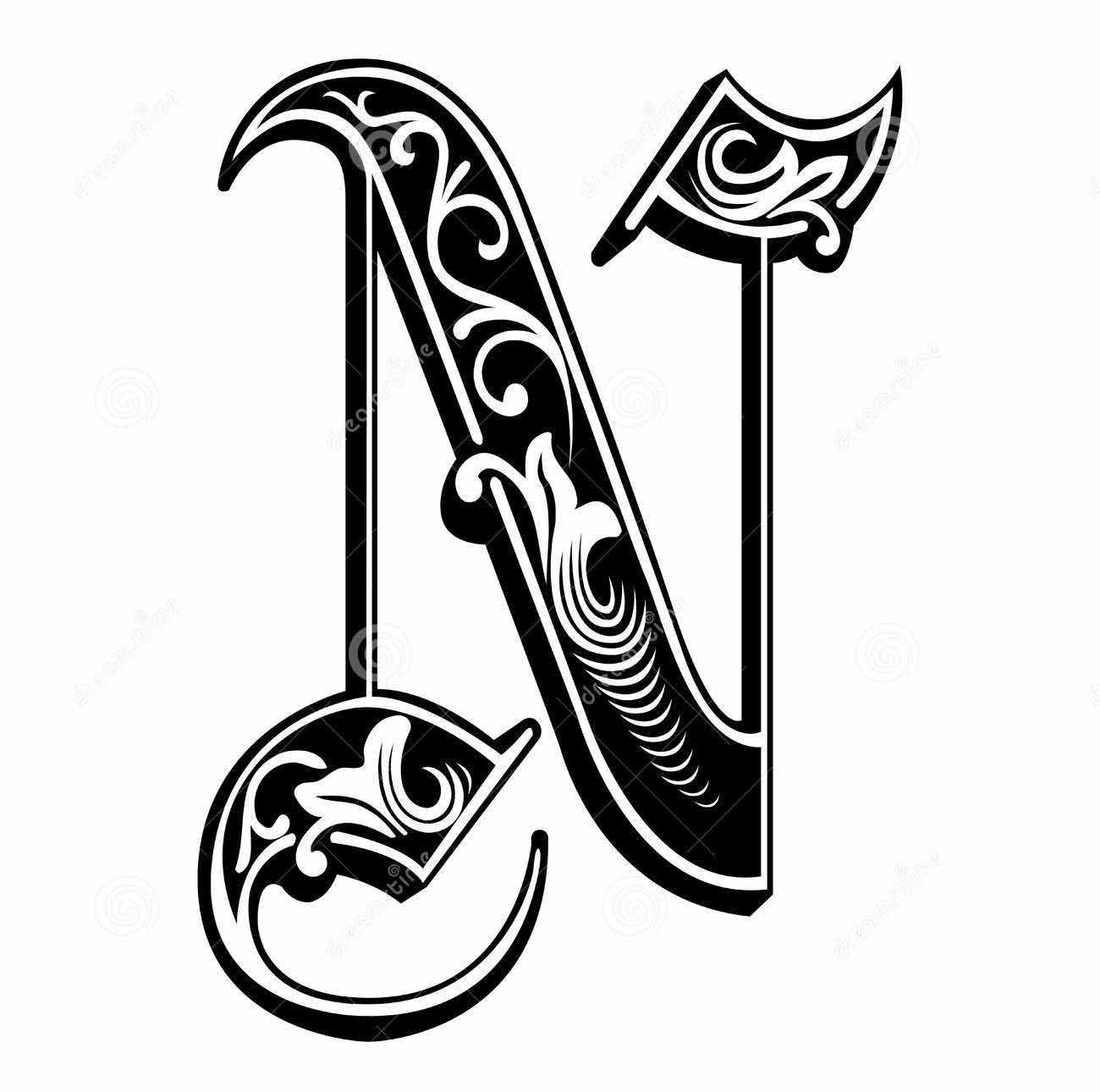

Early ships also tended to use twin boiler rooms, which are still a great improvement over a single boiler room. This is of course, as opposed to the three-boiler-room layout that was used starting with the F class in the early 1930s. This illustrates somewhat, the Admiralty's attitude to the expendable nature of destroyers.

However, this also increased vulnerability, as there were now two adjacent large compartments with the resultant risk of a single well-placed hit flooding both and resulting in a total loss of boiler power. This reduced hull length and allowed for a single funnel, both reducing the profile and increasing the arcs of fire of the light anti-aircraft (AA) weapons. That was the adoption of a two boiler room layout. The design was intended as a smaller follow-on from the preceding Tribal class, and incorporated one radical new idea that was a departure from all previous Royal Navy destroyer designs.

Note the 4-inch QF Mk V anti-aircraft gun at upper left and the depth charges at bottom right The ships were modified throughout their wartime service, particularly their anti-aircraft (AA) guns they were also fitted with radar.Ĭhurch service aboard HMS Javelin, August 1940. The flag superior of the pennant numbers changed from "F" to "G" in 1940. The ships were built in three flotillas or groups, each consisting of eight ships with names beginning with "J", "K" and "N". They were a return to a smaller vessel, with a heavier torpedo armament, after the Tribal class that emphasised guns over torpedoes. The J, K and N class consisted of 24 destroyers built for the Royal Navy beginning in 1938. 2 × 2 QF 0.5-inch Mk III anti-aircraft machineguns.General characteristics (N class where different) 1 × rack, 2 × throwers for depth charges.2 × 4 QF 0.5-inch (12.7 mm) Mk III anti-aircraft machineguns.General characteristics (J and K classes as built)ĥ,500 nmi (10,200 km 6,300 mi) at 15 knots (28 km/h 17 mph)


 0 kommentar(er)
0 kommentar(er)
